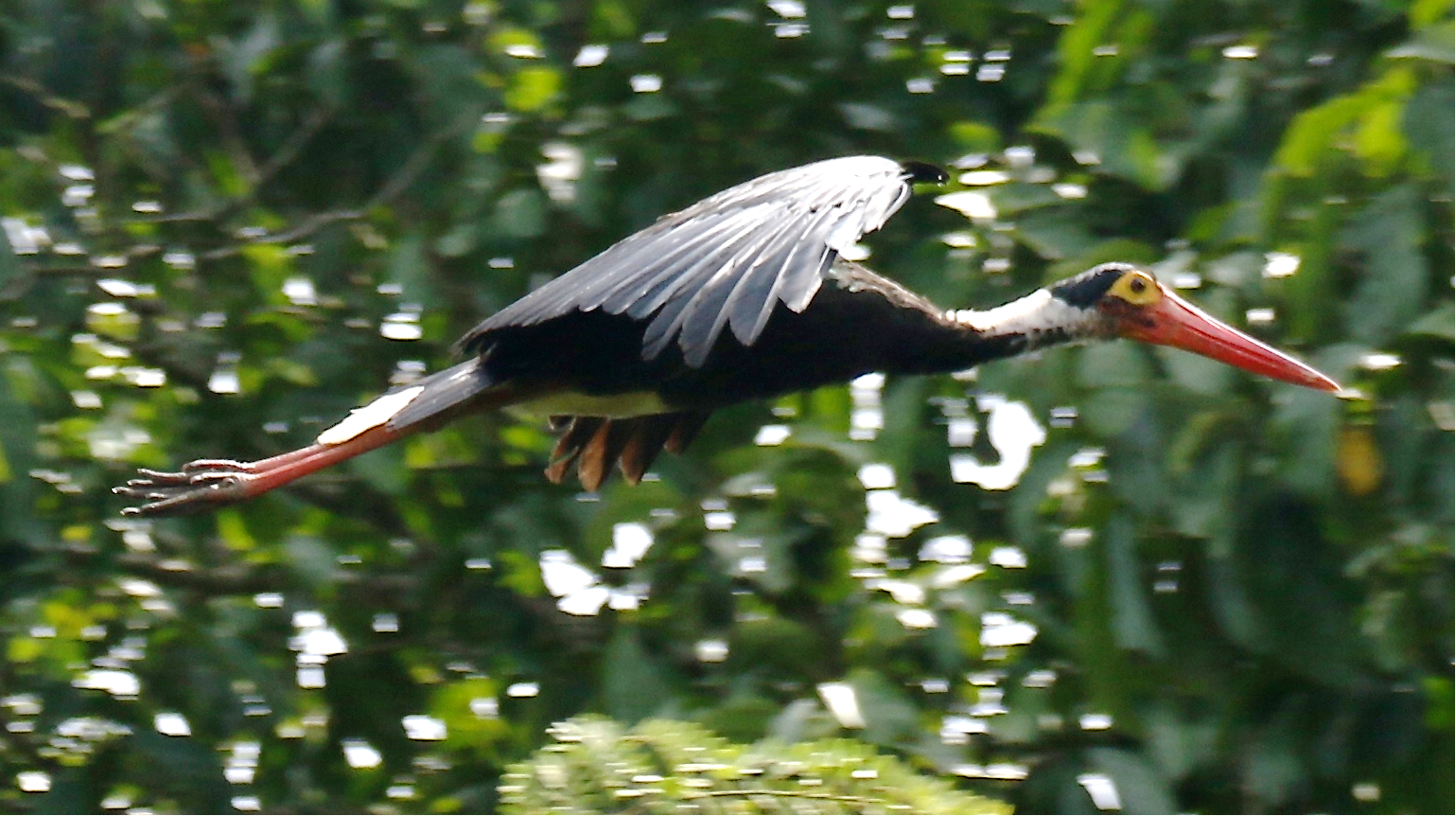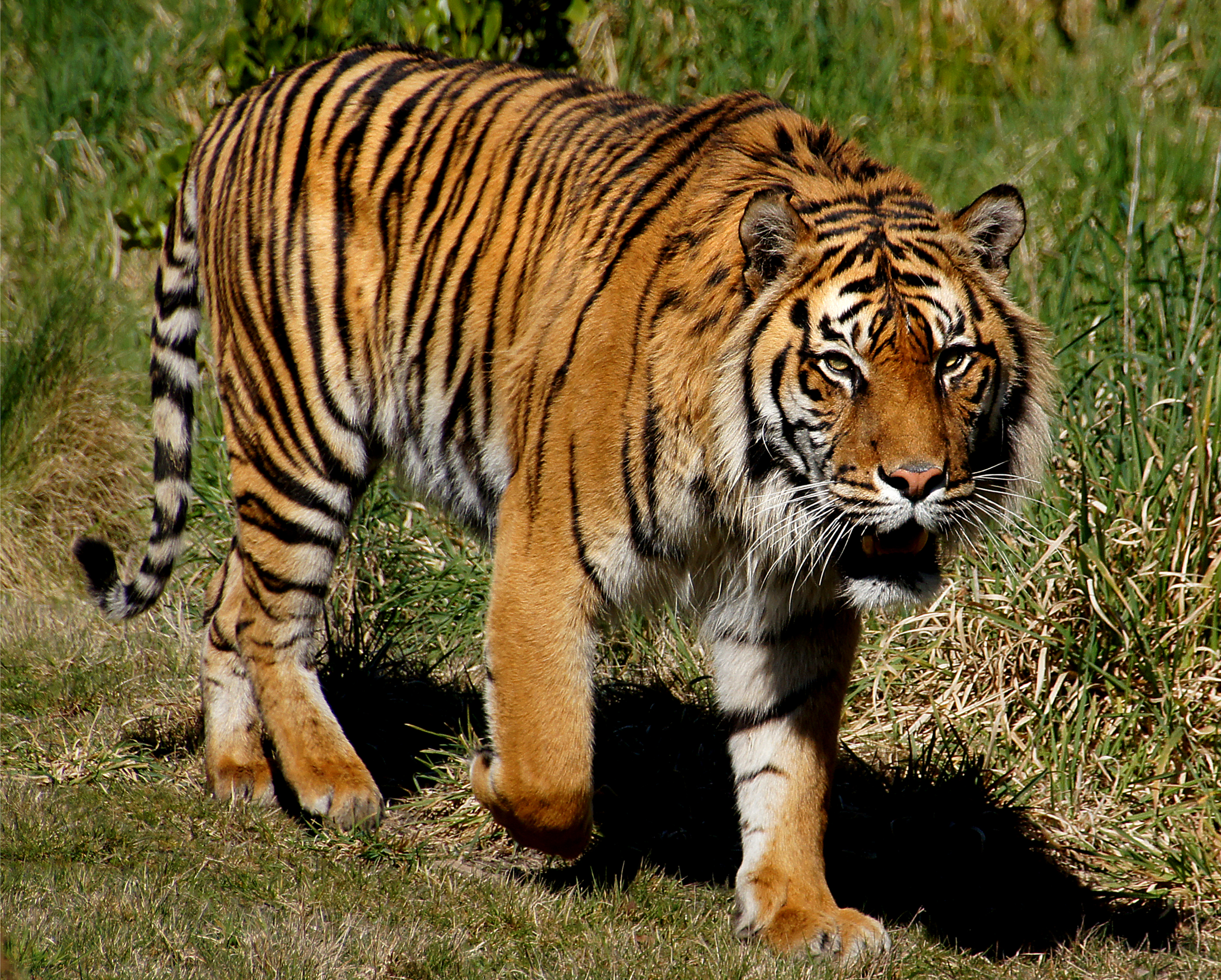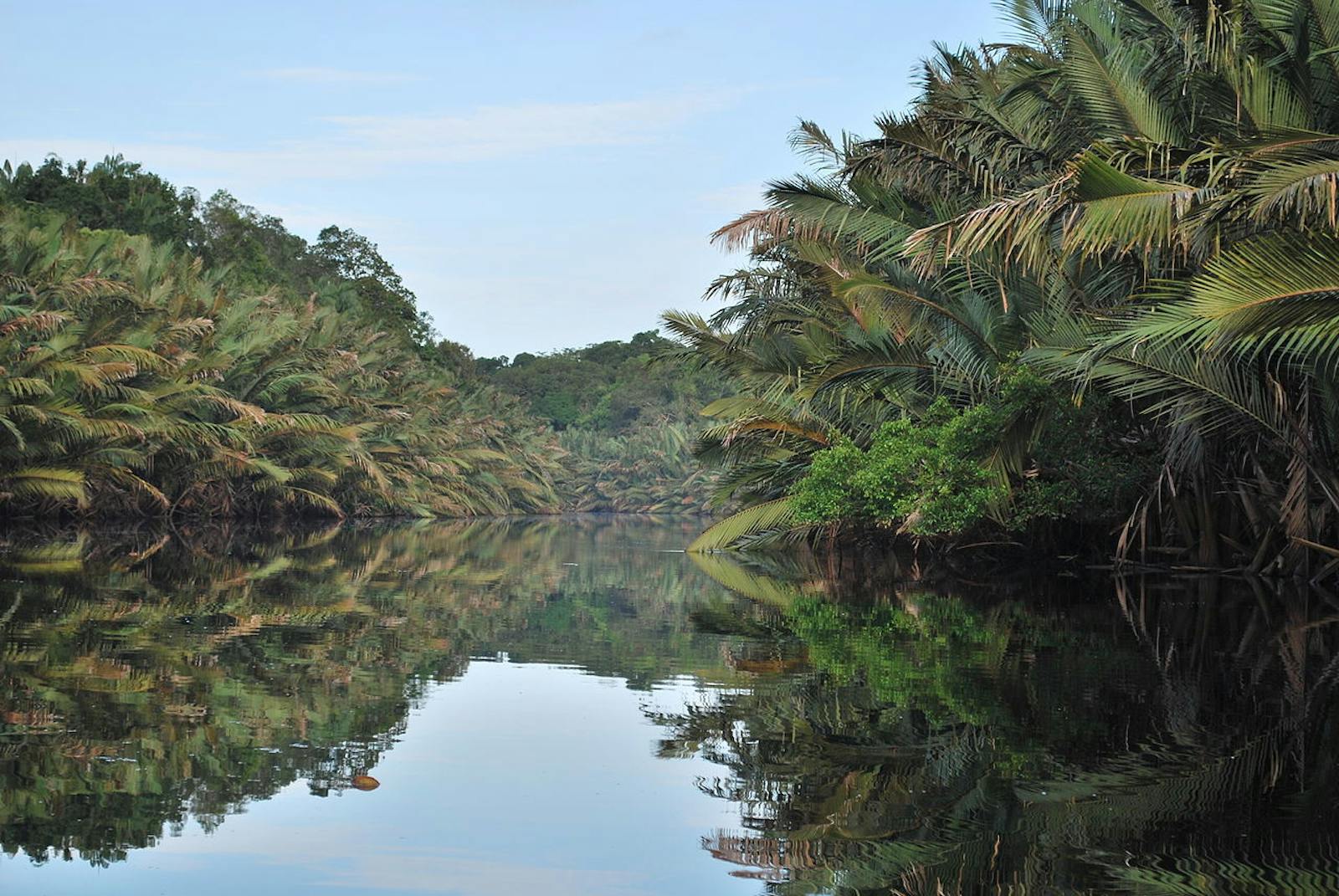Sumatran Peat Swamp Forests
The ecoregion’s land area is provided in units of 1,000 hectares. The conservation target is the Global Safety Net (GSN1) area for the given ecoregion. The protection level indicates the percentage of the GSN goal that is currently protected on a scale of 0-10. N/A means data is not available at this time.
Bioregion: Peninsular Malaysian & Sumatran Tropical Rainforests (IM18)
Realm: Indomalaya
Ecoregion Size (1000 ha):
8,771
Ecoregion ID:
280
Conservation Target:
35%
Protection Level:
2
States: Indonesia
In 2015, smoke emanating from fires set in the Sumatran Peat Swamp Forests ecoregion, shut down schools, cost the regional countries billions of dollars in economic losses, and almost shut down airports across Indonesia to Thailand. These fires that broke out of control began after plantation owners drained, cleared, and burnt peat swamps to establish oil palm plantations blanketed southeast Asia with a thick yellow haze, and emitted 20 million tons of carbon per day, making Indonesia the largest emitter of greenhouse gases that cause global warming.

The flagship species of the Sumatran Peat Swamp Forests ecoregion is the Storm’s stork. Image credit: Creative Commons
The Sumatran Peat Swamp Forests lie along the southeastern coast of Sumatra. Peat swamp forests grow in areas with acidic clay soils and remain waterlogged for most of the year. Under these conditions, the biomass of fallen leaves, twigs, branches, and other forest organic matter does not decompose. Instead, it accumulates as peat. Over thousands of years the peat layer becomes several meters thick. Some of these can be over 30,000 years old.
The peat swamp forests of Sumatra can be classified into two main forest types: the mixed peat swamp forest and the bintangur (Callophyllum lowii) forest. Each is distinguished by the dominant tree species that comprise the vegetation communities. The former is characterized by Koompassia malaccensis, Durio lowianus, Gonystylus bancanus, Calophyllum grandiflorum, C. costulatum, Campnosperma auriculatum, Shorea teysmaniana, S. uliginosa, Palaquium burckii, Tristania obovate, Swintonia glauca, Tetramerista glabra, Diospyros hermaphroditica, and species of Parastemon and Eugenia.
The less species-rich bintangur forests are dominated by Calophyllum lowii and species of Tetramerista, and Shorea, and are found in deeper peat and further from rivers. Locally the bintangur forests are known as ‘hutan dare’, or ‘young forest’ because of its low canopy and small diameter trees. Koompassia and Durio dominate the canopy of forests along the rivers that flow through the swamp forests, while the interior forests are dominated by Shorea teysmanniana, Palaquium, and Swintonia.

Sumatran tiger. Image credit: Bernard Spragg, Creative Commons
The peat swamp forests are important habitat for forest primates, such as the white-handed gibbon and siamang. The rare Sumatran tiger lives in peat forests, but at low densities. The waterlogged forest floor and sparse undergrowth, comprised of plants that have chemical defense mechanisms against herbivores, result in low ungulate prey availability to support large predators such as the tiger. But other wild cats, including the rare Sunda clouded leopard, flat-headed cat , and marbled cat can potentially be found here. Malayan sun bears are fairly common, moving through the upper strata of forests.
The endangered hairy-nosed otter and Asian small-clawed otter are sympatric, hunting in the waterways with the false gharial and salt-water crocodile. Over 220 bird species are known from the ecoregion, including several hornbills and other endangered species such as the Storm’s stork and white-winged duck. Sembilang National Park has the largest breeding colony of the rare milky stork.
The peat swamp forests are under severe threat from clearing, draining, burning and conversion to plantations. Valuable timber such as Koompassia and Shorea are indiscriminately logged. The fires that burn out of control smolder underground and produce smoke, creating widespread health hazards and economic losses. The gigatons of carbon and methane released contribute significantly to climate change.
Thus, the recommended priority conservation actions are to: 1) stop further clearing of these swamp forests; 2) gazette intact peat swamp forests as totally protected areas; and 3) develop a regional policy and strategy for conservation of peat swamp forests considering regional and global impacts.
Citations
1. Posa, M.R.C., Wijedasa, L.S. and Corlett, R.T., 2011. Biodiversity and conservation of tropical peat swamp forests. BioScience, 61(1), pp.49-57.
2. Wösten, J.H.M., Van Den Berg, J., Van Eijk, P., Gevers, G.J.M., Giesen, W.B.J.T., Hooijer, A., Idris, A., Leenman, P.H., Rais, D.S., Siderius, C. and Silvius, M.J., 2006. Interrelationships between hydrology and ecology in fire degraded tropical peat swamp forests. Water Resources Development, 22(1), pp.157-174.
3. Page, S.E. and Hooijer, A., 2016. In the line of fire: the peatlands of Southeast Asia. Phil. Trans. R. Soc. B, 371(1696), p.20150176.



